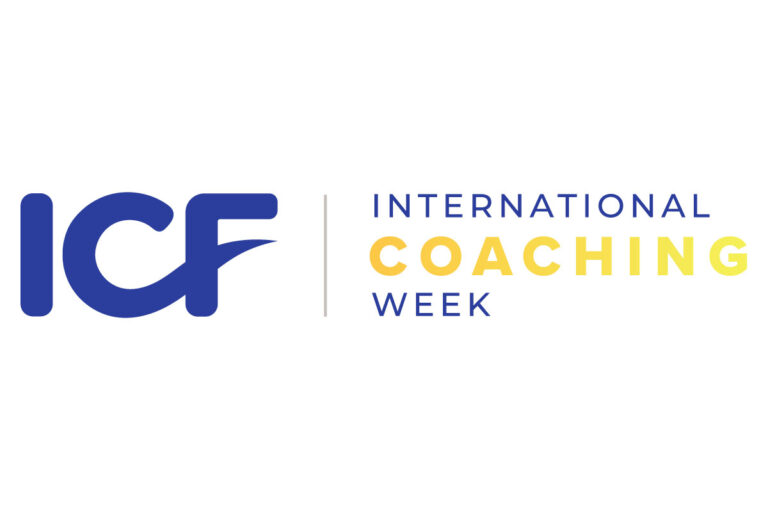Ultimate Guide To Strategic Thinking Training
Strategic thinking is one of the most pivotal skills in today’s fast-moving business world. Training in strategic thinking gives an assurance of decision-making, anticipating future threats and opportunities, and spotting growth. This guide contains a discussion on what strategic thinking is, why it is essential to learn, what makes a training program effective, and what benefits can accrue to both the individual and the organization through investing in training in strategic thinking.
What is Strategic Thinking?
Strategic thinking is the ability to contemplate the big picture, the actualization of future potential, and plan in line with predetermined goals. It has one part analytic and one part creative thinking, with which a person can resolve complex problems, recognize trends, and make a selection following an appropriate course of action that results in more sustainable success. In contrast to tactical thinking—focused on the immediacy of actions and their short-term results—strategic thinking is oriented to produce a long-term vision with substantial systemic impact.
Significance of Training in Strategic Thinking
Improved Decision-Making: It trains one on having a stepwise procedure for making decisions. Considering different viewpoints, data analysis, and potential outcomes will assist a professional in concluding or arriving at better decisions.
Adaptability and Resilience: With the world of businesses changing at every point in time, there is a lot on the platter. Strategic-thinking training inculcates adaptability and resilience in the professional for critical and proactive thinking in possible future circumstances.
Innovation and Creativity: Strategic questioning promotes a progressive mindset and permits the improvement of recent ideas and solutions. Exercises are often incorporated with training packages to foster a way of life of innovativeness and creativity.
Leadership Development: Emotional Intelligence Training For Managers is a management competency. Such training allows new leaders to construct the talents they have to lead groups or devices, make strategic selections, and contribute organizationally.
Alignment with Organizational Goals: Strategic wandering education guarantees that employees are aligned with the long-term imaginative and prescient goals of the organization. This will bring about a cohesive group of workers centered on not unusual goals for the most reliable overall performance and productivity.
Critical Components of Effective Strategic Thinking Training Programs
The main features of sound strategic thinking training are the acquisition of essential skills with a blend of the theoretical framework and practical application. The key ingredients are as follows:
1. Strategic Concepts Understanding:
The training programs could initiate with information on a number of the primary strategic ideas that can encompass:
Vision and Mission Statements: Understanding what a vision and assignment can do for an organizational approach
SWOT Analysis: The assessment of an enterprise’s faced or discerned Strengths, Weaknesses, Opportunities, and Threats
PEST Analysis: Political, Economic, Social, and Technological influences evaluation at the enterprise surroundings
Porter’s Five Forces: Evaluation of industry opposition and the industry’s competitive dynamics
2. Critical Thinking and Problem-Solving
Critical wondering skills and hassle-fixing talents are the keys to strategic questioning. They are developed via the following education programs:
Case Studies: Examination of commercial enterprise situations that genuinely exist for strategic decision-making
Problem-Solving Exercises: Exercising through sports requires the right mix of creativity and analytics inside the proper mix to arrive at appropriate answers.
Decision-Making Frameworks: Structured methods of arriving at knowledgeable decisions
3. Scenario Planning and Forecasting
It helps prepare for bad times and forecasting for good times. Training covers:
Trend Analysis: Identification and analysis of trends that may have an impact on the organization.
Scenario Development: Envisioning the future with a number of what-if conditions.
Risk Assessment: Assessment of the risks and preparation for the containment of detrimental risks.
4. Strategic Communication
When strategic plans have been formulated, they must be communicated effectively. Training is imparted on:
Persuasive Communication: Development of crucial articulation of strategic ideas to elicit interest and support from the people.
Presentation Skills: Learning to present strategic plans clearly and convincingly.
Collaborative Planning: Provide opportunities for members to work together in discussions that bring personal direction together with strategic goals.
5. Techniques of Creativity and Innovation
Innovation needs applied strategic thinking. These training programs include techniques like
Brainstorming: An intuitive sharing of ideas openly.
Design Thinking: Thinking about problems and innovation from a usability angle.
Mind Mapping: Display and interconnecting ideas using graphical tools
6. Strategy Implementation and control
Implementation and review of strategic plans: This is by way of
Action Planning: Detailed plans to act on outcomes
Performance Metrics: putting in place key performance indicators that define progress and success.
Continuous Improvement: Ability to review outcomes and tweak strategies.
Benefits of Strategic Thinking Training
An investment in strategic thinking training produces countless benefits, both to the individual and the organization:
To Individual:
Career Development: Strategic thinking is one of the most desired skills that can be a stepping stone towards catalyzing the potential of a person’s career and expanding one’s scope of leadership.
Increased Confidence: Learning improves confidence in making decisions and solving problems.
Creativity: By learning novel techniques, its creative thought process and idea generation are triggered.
For Organizations:
Enhanced Performance: There are better decision-making skills among employees by virtue of strategic thinking, which are more effective and efficient.
Competitive Advantage: An organization that is strategically focused reaps the rewards of being first in the marketplace—remaining ahead of the competitor.
Engagement of Employees: Employees who are groomed to teach strategic thinking stay in the organization because it is exciting and engaging.
Conclusion
A strategy in the form of strategic thinking training is a beneficial investment that both individuals and organizations must have to make a place in the current turbulent business environment. Critical reasoning, problem-solving, creativity, and strategic communication competencies built among professionals drive consistent success and the achievement of long-term goals. Training exercises in the strategic scenario, immunity from creative perspectives, and execution capabilities gear up the employees with the preparedness to fend off all challenges and seize every opportunity that comes their way in the future. Thus, companies that invest in strategic thinking training stand the best chance of being able to keep a competitive edge and, therefore, stay on the path of growth that is both long-term and sustainable.
Keep an eye for more news & updates on techtrand!






